8 Minutes
BYD’s latest disruptor: a serious Model Y contender
BYD has quickly become one of the most consequential names in the global electric vehicle market. From modest beginnings to leading the world in plug-in hybrid production and recently outselling rivals in pure battery-electric vehicle sales, BYD’s momentum is unmistakable. That pace of growth has been fuelled by a seemingly endless stream of new models and an ability to move fast—advantages that legacy automakers, weighed down by long development cycles, often can’t match.
One of the company’s most important launches in markets such as Australia is the Sealion 7. It’s pitched squarely against mainstream electric crossovers, most notably the Tesla Model Y. After spending a week with the Sealion 7 Performance, I found a car that’s competitively priced, technically impressive, and in many ways more refined inside than its cost suggests. But it isn’t perfect.
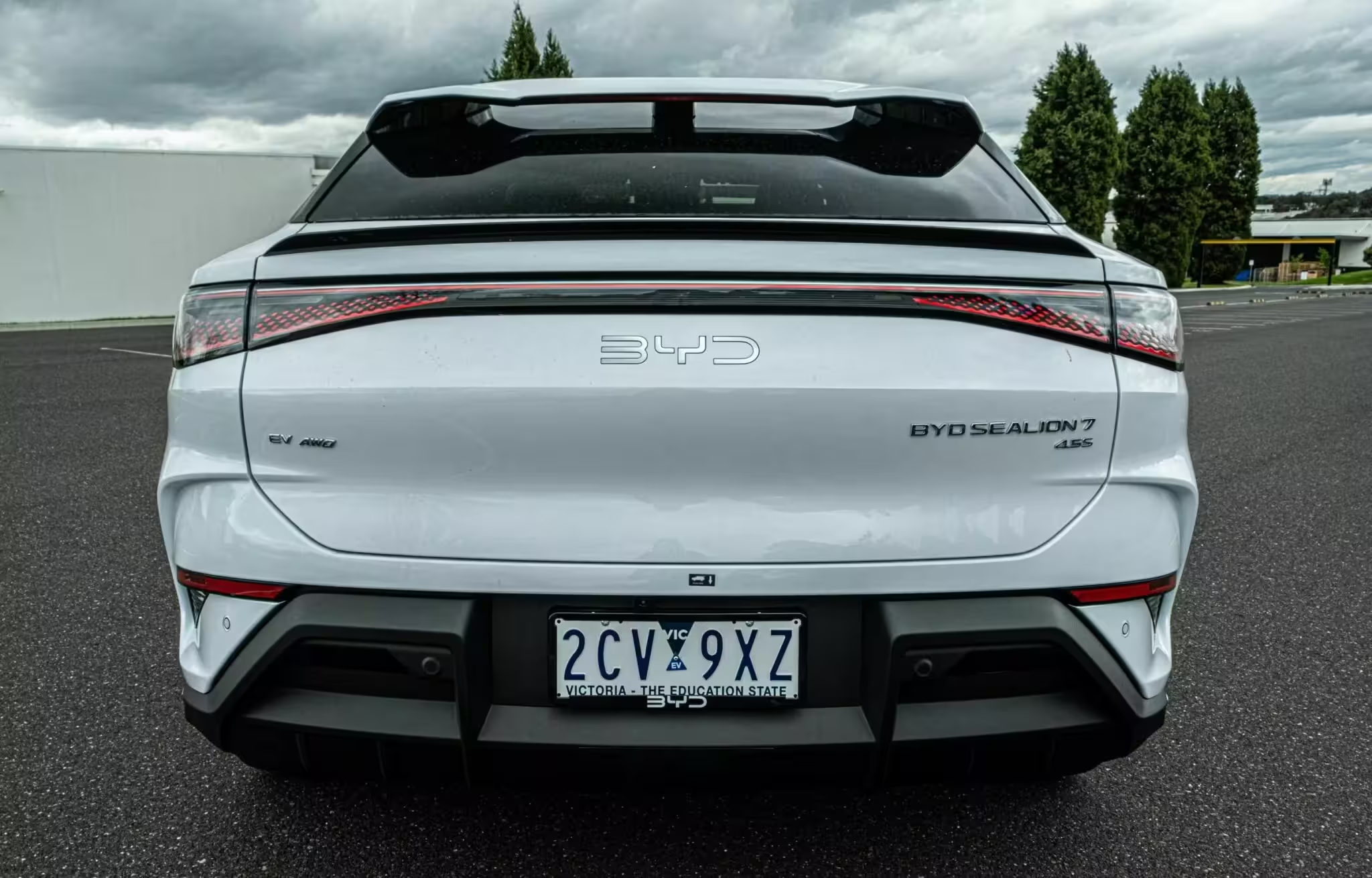
Quick facts at a glance
- Model: 2025 BYD Sealion 7 Performance
- Starting price (Performance tested): AU$63,990 (~US$42,100)
- Dimensions (L×W×H): 4,830 × 1,925 × 1,620 mm; wheelbase 2,930 mm
- Curb weight: 2,340 kg
- Battery: 82.56 kWh lithium-iron phosphate (LFP)
- Powertrain: Dual electric motors — combined 390 kW (523 hp), 690 Nm (509 lb-ft)
- 0–100 km/h: 4.5 seconds
- Tested efficiency: 20.5 kWh/100 km
- WLTP claimed range: up to 456 km; realistic real-world range closer to ~400 km
Why the price matters
One of the Sealion 7’s biggest advantages is pricing. In Australia the car arrives in Premium and Performance trims, with the Performance tested here starting from AU$63,990—undercutting a Tesla Model Y Long Range AWD, which starts higher, and offering a powerful alternative to more expensive premium SUVs. That makes the Sealion 7 an attractive option for buyers seeking EV performance and a premium feel without the Tesla price tag or the European premium.
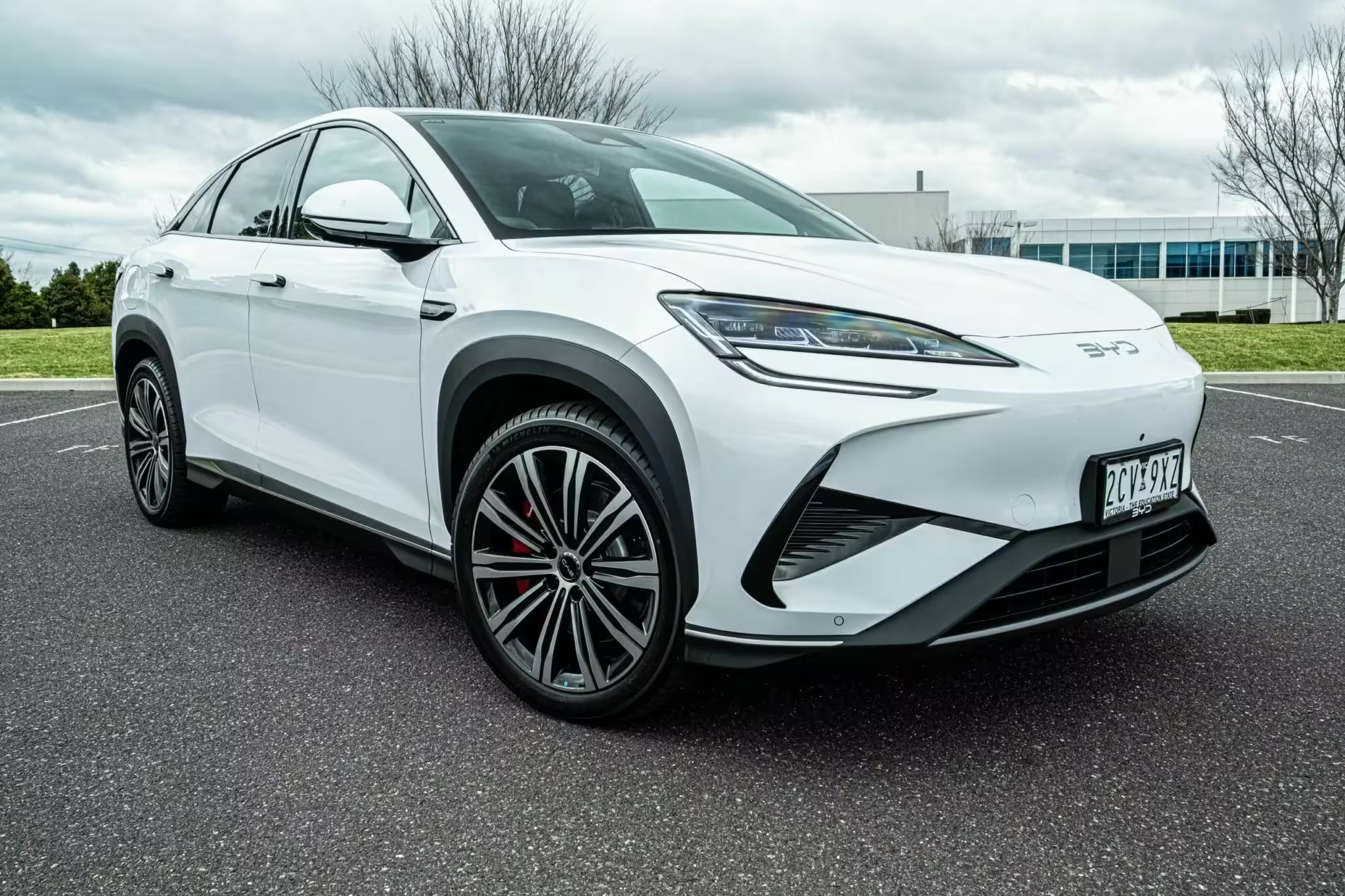
Interior: unexpectedly plush, with a few quirks
Step inside and you’re immediately struck by the cabin materials. The Sealion 7 bucks the stereotype that affordable EVs must feel cheap. Soft-touch leathers, suede-like trims, and well-finished stitching give the impression of a vehicle punched above its weight. The seats are supportive with ample padding, and rear legroom remains generous despite the coupe-like roof sweep.
The center of the dash is dominated by BYD’s familiar 15.6-inch infotainment screen that rotates between portrait and landscape. It sits prominently rather than being subtly integrated—an aesthetic decision popularised by Tesla years ago. Despite that, the screen is sharp, responsive and hosts the car’s climate, navigation and media functions. Wireless Apple CarPlay and Android Auto are fitted as standard, and connectivity features are on par with rivals.
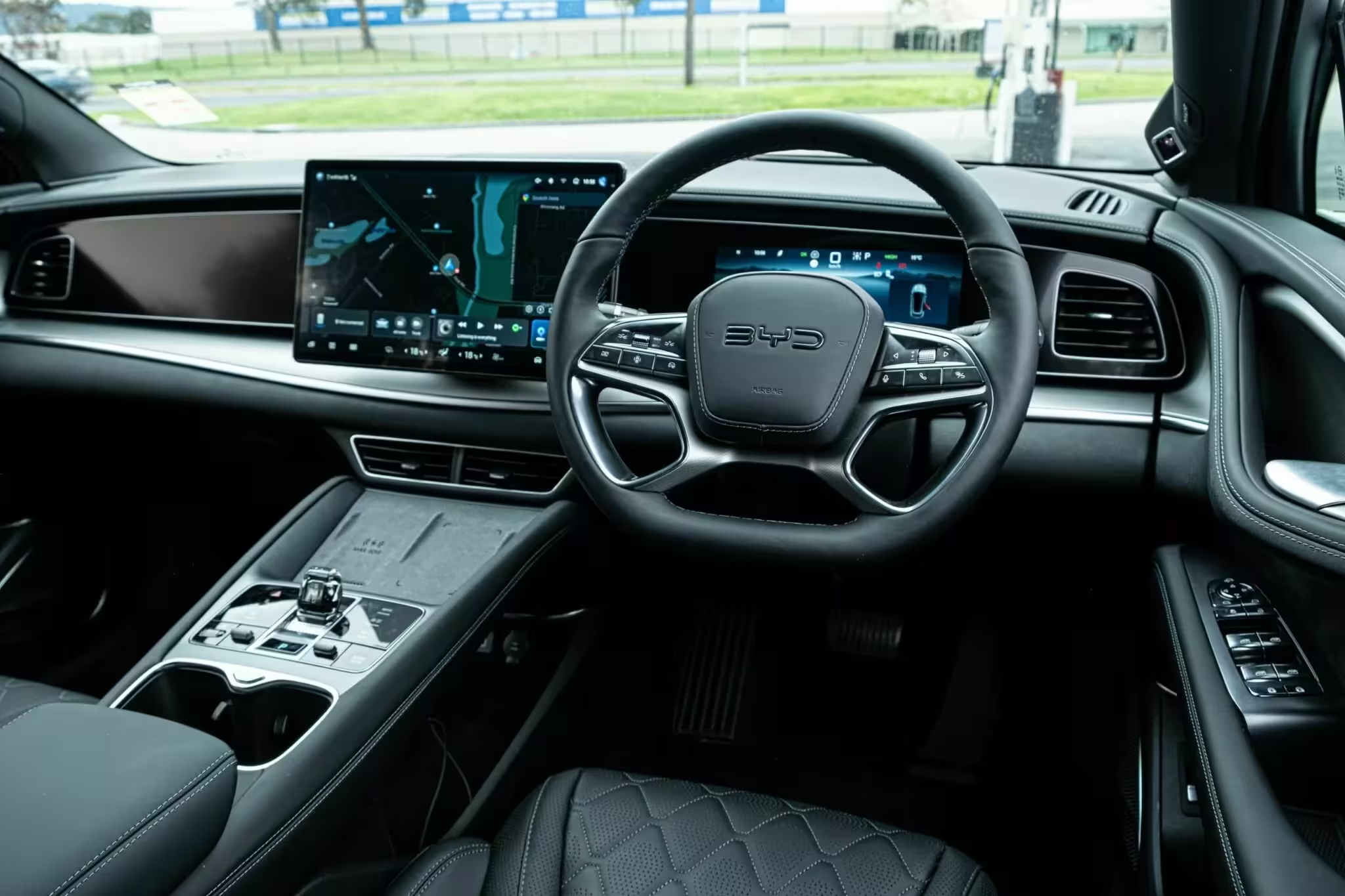
Small touches lift the ambience: a crystal-like gear toggle, metal-finish control buttons, ambient multi-colour lighting and a panoramic glass roof with a powered shade. Not everything is flawless—there’s an expanse of piano black plastic across the dash and a few odd ergonomics such as door handle placement and non-adjustable headrests on the sport seats—but overall finish and perceived quality are impressive for the price point.
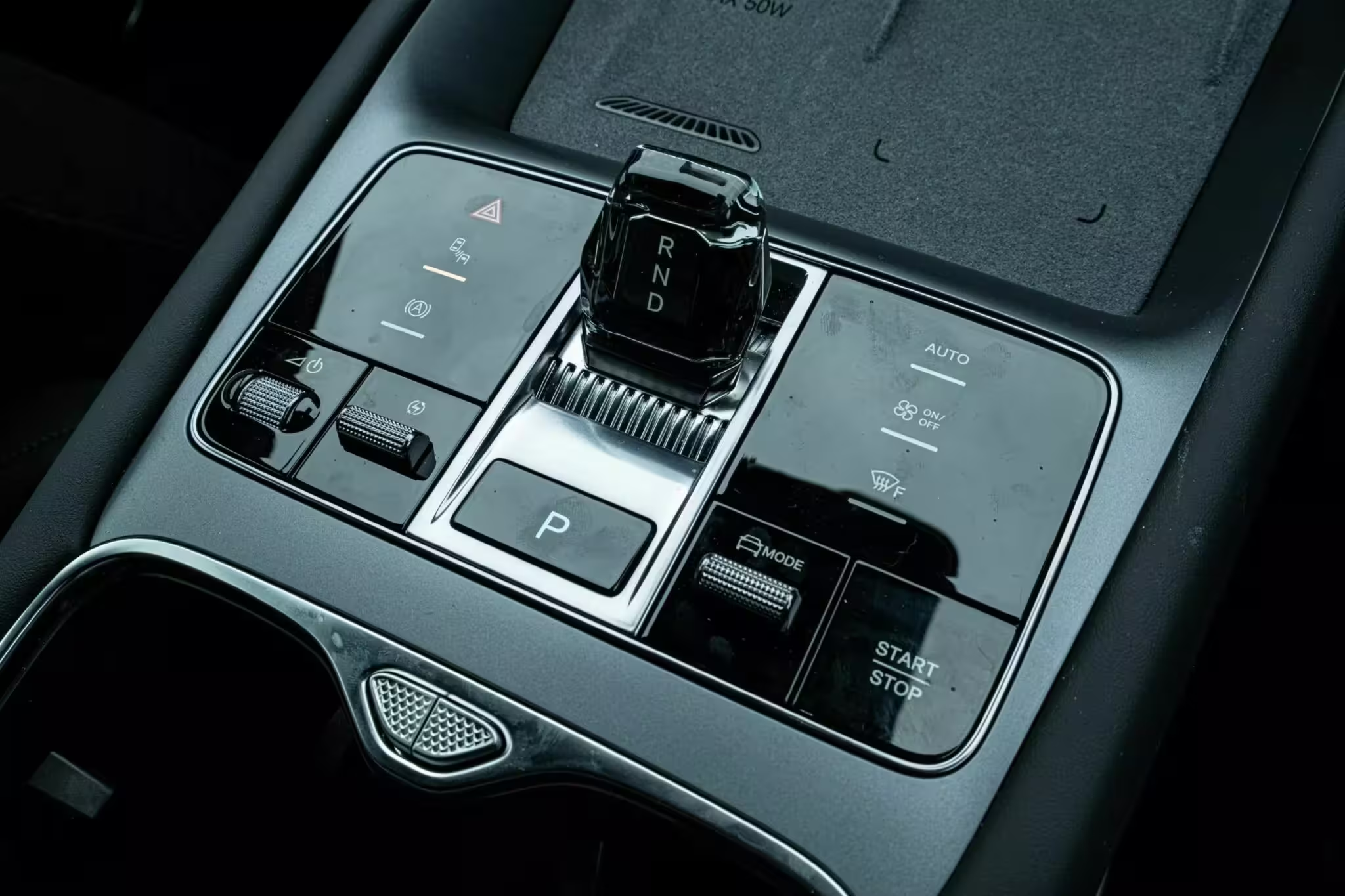
Performance: rapid, heavy, but compelling
Power figures for the Performance model are eye-catching: 523 hp and 690 Nm of torque. The result is a genuinely quick SUV that launches with authority—BYD’s 0–100 km/h time of 4.5 seconds is credible in daily driving. Compared to the Model Y Performance the Sealion 7 is slightly slower off the line, but it still delivers exhilarating acceleration for the segment.
It’s worth remembering how heavy the car is: at about 2,340 kg, the Sealion 7 isn’t a featherweight. That mass contributes to solidity on the highway but also affects efficiency and handling dynamics.
Real-world range and charging
BYD quotes WLTP range up to 456 km, and the dash sometimes displayed optimistic figures higher than that. In my week with the car I averaged around 20.5 kWh/100 km. That equates to a practical driving range closer to 400 km under mixed conditions—respectable, but not segment-leading. If you’re targeting maximum range, expect the Model Y to generally return slightly better energy consumption figures.
Charging capability is another practical consideration. The Sealion 7 Performance is limited to 150 kW DC charging, so a 10–80% replenishment takes roughly 32 minutes. That’s adequate for most owners, especially those who charge primarily at home overnight, but it’s slower than some rivals offering higher DC rates for more rapid top-ups on long trips.
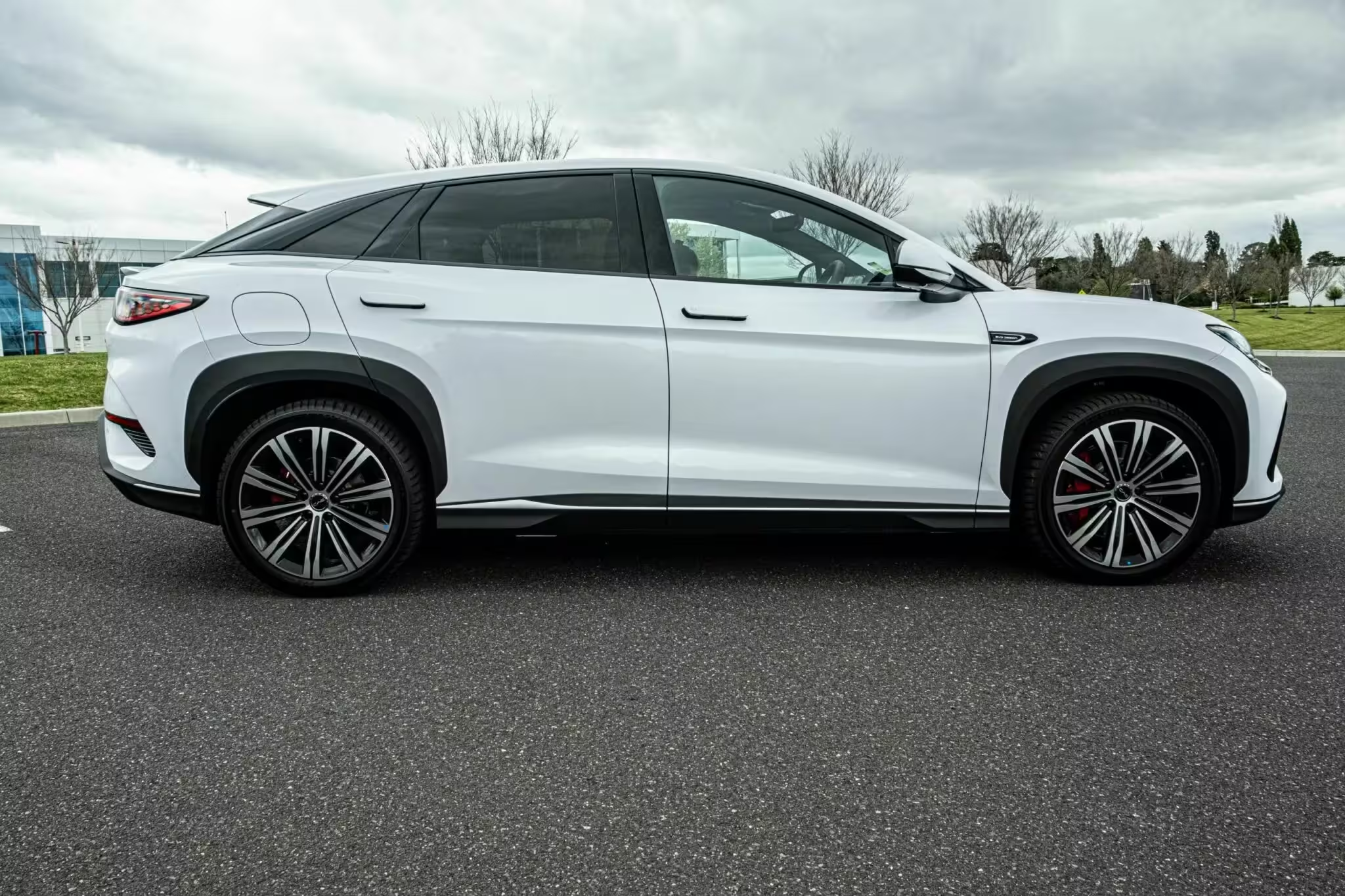
Driving dynamics: comfortable, safe, not a track toy
On city streets and motorways the Sealion 7 is serene. The electric powertrain is seamless, throttle response immediate, and everyday driving feels composed and easy. Light steering, good visibility and supportive seats make for a relaxed commuter package.
Push harder and the picture gets more nuanced. The chassis tends to understeer when hustled through corners despite sticky Michelin Pilot Sport EV tyres. While the car’s stability systems do a fine job of keeping things safe, the Sealion 7 doesn’t match the taut, playful handling of some sportier crossovers. Ride quality also leans toward firm—enough to convey sportiness but occasionally at the expense of suppleness over broken surfaces.
A few niggles: regenerative braking offers only two strength settings and there’s no dedicated one-pedal driving mode, a surprise given how many competitors include it. I also noticed wind noise around the driver’s wing mirror and A-pillar at speeds above 60 km/h; it’s not intrusive but noticeable compared with quieter rivals.
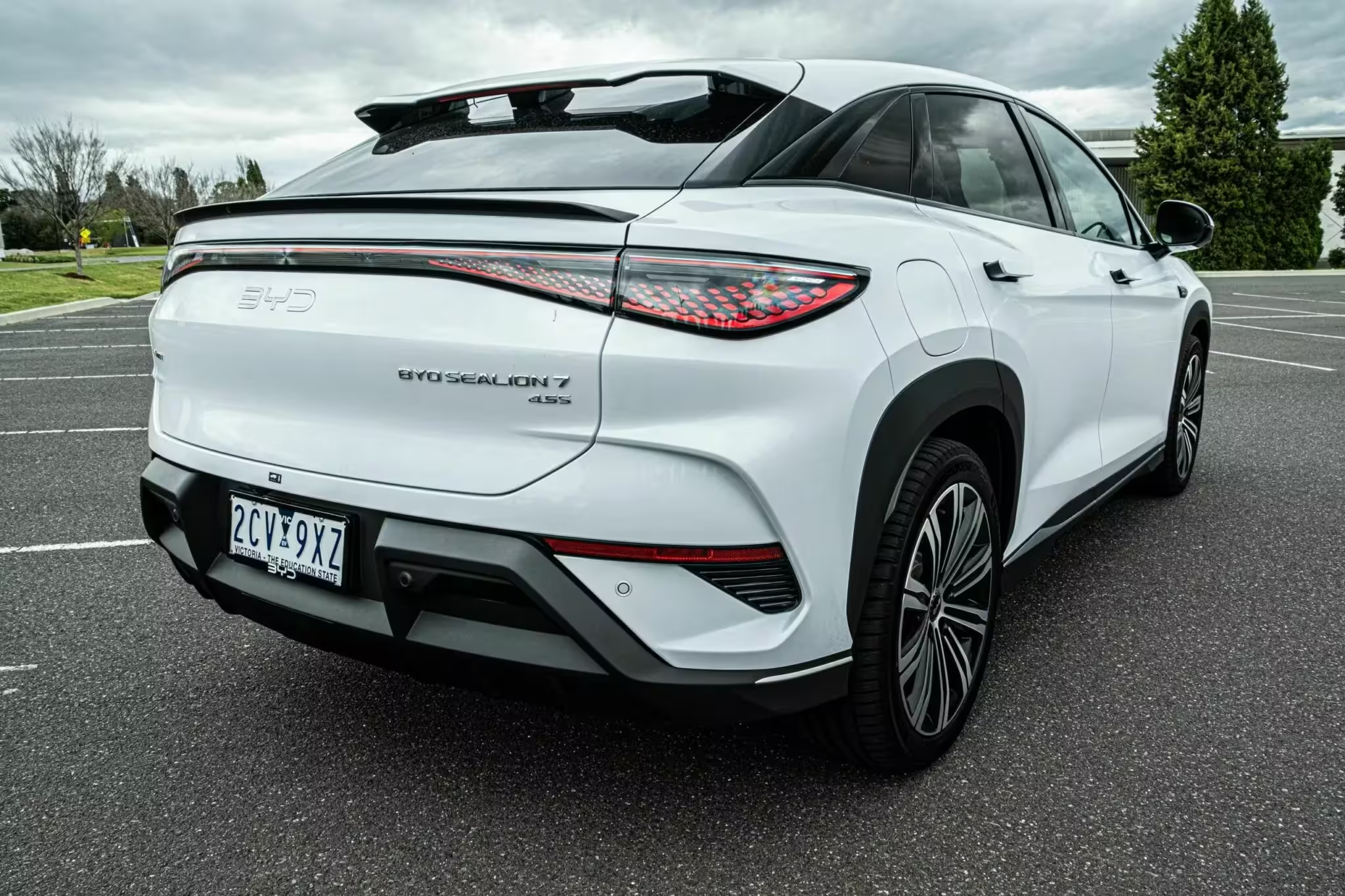
How it compares to the Tesla Model Y and other rivals
Directly comparing the Sealion 7 to the Tesla Model Y, there are clear trade-offs. BYD undercuts Tesla on price and outguns some rivals on power outputs, offering an interior that many will find more luxurious than expected for the money. Tesla still leads in charging network convenience, software polish, and in many cases, range efficiency.
Against premium alternatives like the Audi SQ6 e-tron, the Sealion 7’s combination of performance and price looks especially strong. In my experience it even delivered more power than the much pricier Audi variant I recently drove—highlighting BYD’s value proposition when buyers prioritise straight-line speed and cabin feel.
Who should consider the Sealion 7?
- Buyers wanting EV performance and a premium-feeling cabin without a premium price.
- Drivers who charge mainly at home and value interior quality and tech over ultimate DC charging speed.
- Those willing to accept a slightly firmer ride and less engaging chassis when compared to sport-oriented rivals.
"The Sealion 7 is proof that Chinese EVs can combine bold performance, strong materials and aggressive pricing—sometimes better than expected."
Strengths and compromises — quick summary
- Strengths: Outstanding value, strong powertrain, premium cabin materials, generous interior space, comprehensive standard equipment.
- Compromises: Hefty weight, efficiency below the best in class, 150 kW DC charge cap, limited regen settings, understeer when driven hard, some wind noise.
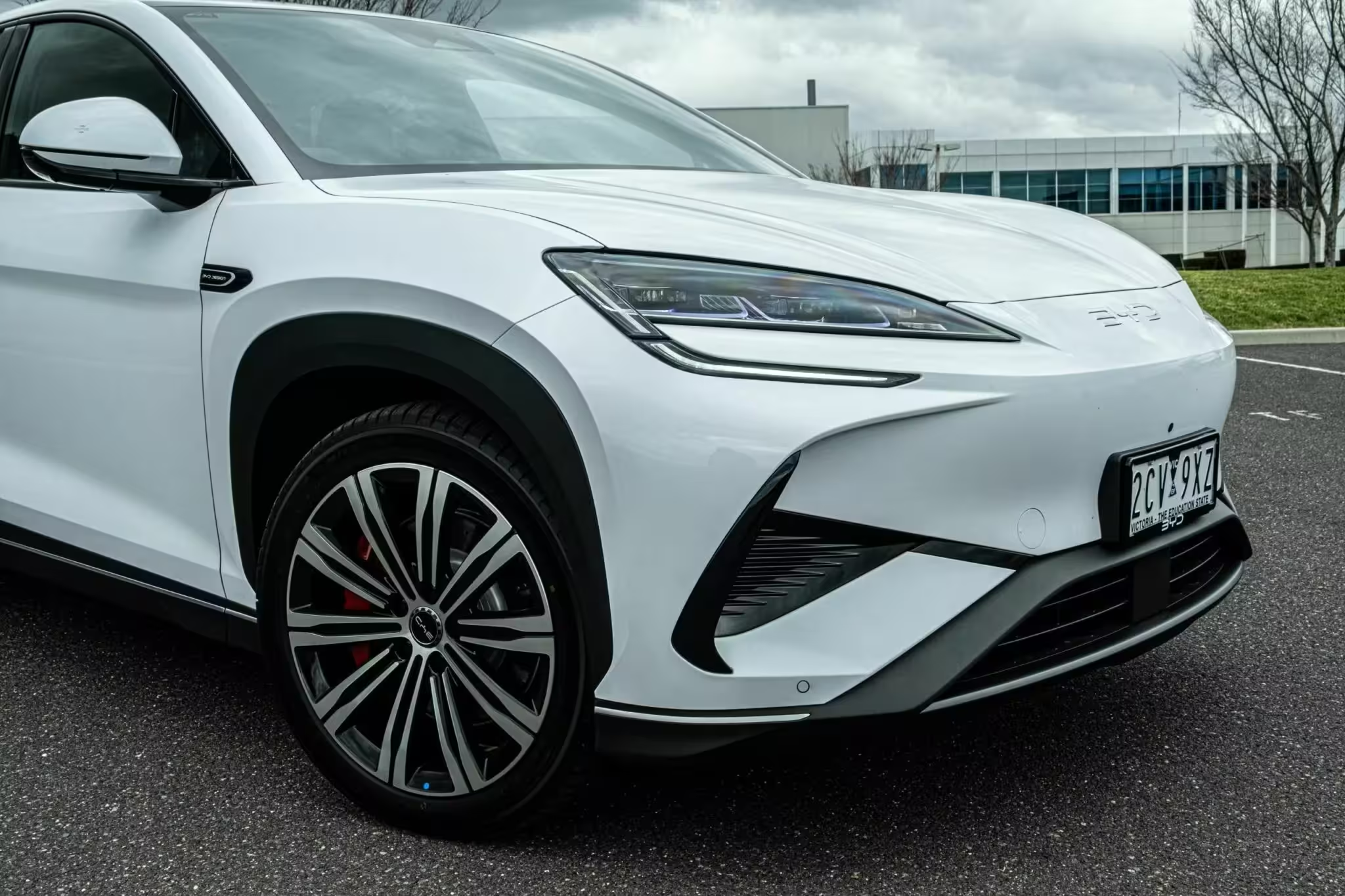
Final verdict
BYD’s Sealion 7 Performance is a significant statement: it brings very high power and a surprisingly refined interior to a price point that undercuts many established competitors. For buyers seeking a fast, comfortable electric SUV that feels premium without the premium price, it’s an extremely appealing package.
That said, serious EV buyers should weigh the trade-offs. If you prioritise maximum driving range, fastest DC charging, or razor-sharp handling, there are alternatives that do those things better. But if you want a roomy, well-equipped electric SUV that delivers strong performance and excellent perceived quality for the money, the Sealion 7 Performance deserves serious consideration—and it proves BYD’s claim to be more than just another Chinese EV maker chasing volume. It’s a genuine contender in a crowded, evolving segment.
Whether it will overtake established favourites like the Tesla Model Y in the long term depends on factors beyond this single model—aftersales support, software updates, and long-term durability will shape buyer confidence. For now, however, the Sealion 7 Performance is a compelling example of how rapidly the EV landscape is changing.
Source: carscoops

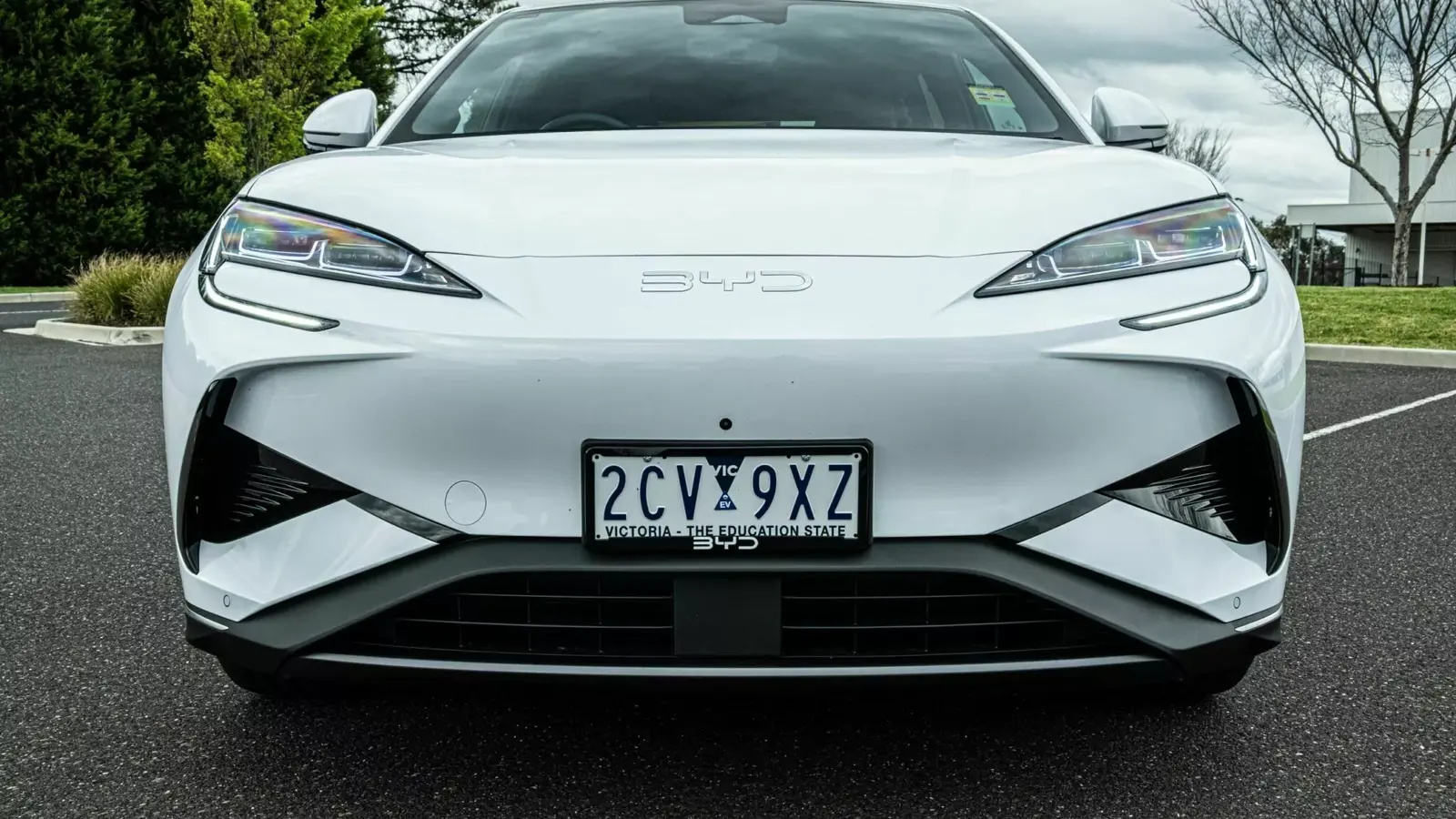
Leave a Comment